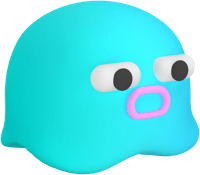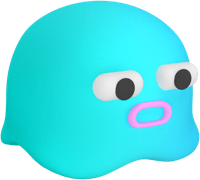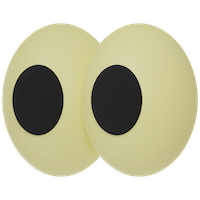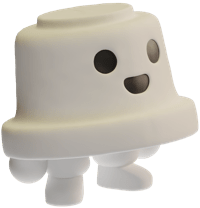“free movement within a more rigid structure” -- Salen and Zimmerman (2004)
Notes from Nguyen, Games:Agency as Art
What is play?
What is (being) playful?
″free movement within a system of constraints″ -- Upton (2015)
“a way of operating a constrained system in a gratifying way” -- Bogost (2016)
Play is a verb. It’s an activity. Something we do. We play. Sicart calls play “autotelic” which means: an activity or a creative work) having an end or purpose in itself.
If we bring enough attention to an object or situation, anything can be played. Hence Bogost’s book title: Play Anything!
“rigid structure?” “constrained system?”
classroom
limitations or constraints of any kind.
game rules
social interactions
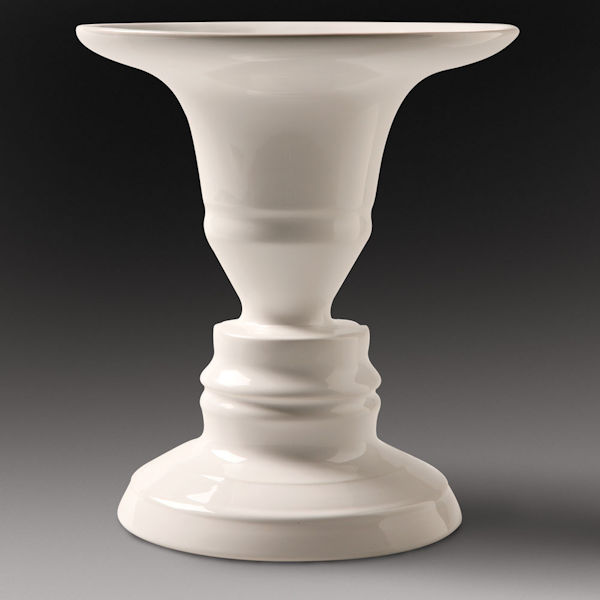

“to pursue an additional, aesthetic purpose of a given activity.” (York, 2022)
Playful is an adjective. It describes a noun, or, if we add “-ly” to the end and create the adverb “playfully,” it describes how we carry out an activity. A dog can be playful, so can the design of a computer, software, building or other objects.
Ludic as “being playful”
In game studies, “playful” is denoted as the attitude we bring to an activity (Sciart, 2014; Stenros, 2015).
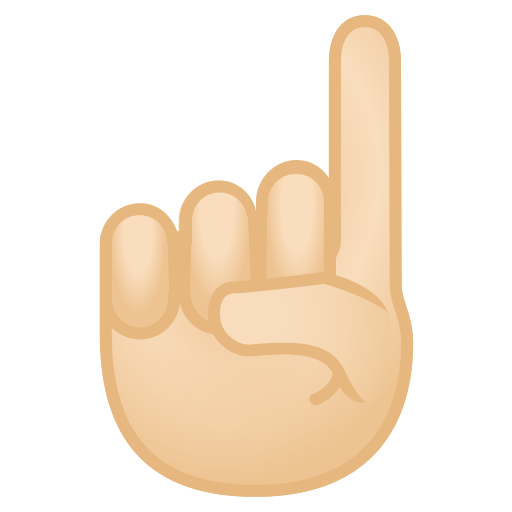
click the arrow to go to the next board
Because “being playful” is an attitude we bring to activities, we can do any activity playfully whilst still respecting the original purpose of the activity (see Sicart, 2014).
Why “additional?”
“Games, I claim, are the crystallization of practicality.” “When we design games, we can sculpt the shape of the activity to make beautiful action more likely” (p. 13)
play football
eat
mow the lawn
make dinner
Enjoyed the talk?
teach
aesthetic striving play—that is, game play engaged in for the sake of the aesthetic quality of the struggle
ignore everything below, they are just my notes on play.





